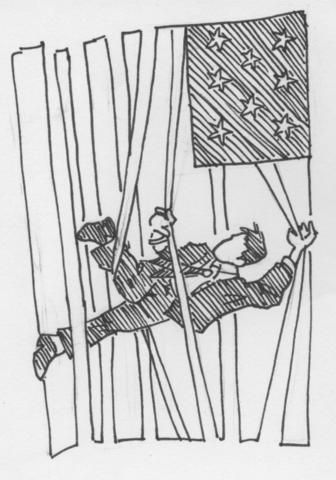“Kiss of the Spider Woman” is the art house equivalent to many of those big, action/adventure blockbuster series like “Star Wars” and “Indiana Jones” that now practically define the 1980s. Director Hector Babenco skillfully adapts Manuel Puig’s brilliant novel of the same name, notable because it presents its story entirely through dialogue, leaving narration behind altogether.
Our main characters are Molina and Valentin, cellmates in a Brazilian prison and opposites in every way. Molina, flamboyantly gay and living in the 1970s (presumably) is doing time for “corrupting a youth,” while the macho yet austere Valentin is in for political reasons.
Decadent, bourgeois and emotional, Molina is in every way a counterpoint to his serious, Marxist and stoic cellmate: and the two form perfect halves of the universe that their cell becomes. This universe begins to break down when the prospect of release becomes serious for Molina, who makes a deal with the prison warden.
In the meantime, they pass time by telling each other the stories of movies they’ve seen, most notably a fictional Nazi propaganda film (to which Quentin Tarentino alludes significantly in his most recent, “Inglourious Basterds”). Particularly the Nazi film, along with their interpretations of it, makes an interesting commentary on narrative and how film itself functions as a medium, while Valentin and Molina wrestle with its morality and aesthetics, drawing comparisons between themselves and its characters.
This movie is one of those rare few that’s incredibly engaging, both plot-wise and intellectually. A movie like Antonioni’s “Blow Up” is interesting to think about afterward, but to be honest, I literally fell asleep while watching it. On the other hand, a movie like Peter Jackson’s recent “District 9” is undoubtedly really fun to watch, but loses track of any political or intellectual message to which it may have aspired. “Spider Woman” weaves together an absorbing story of friendship, betrayal and politics in prison with thought-provoking narrative innovations, as well as an interesting set of dichotomies between our captive protagonists.

